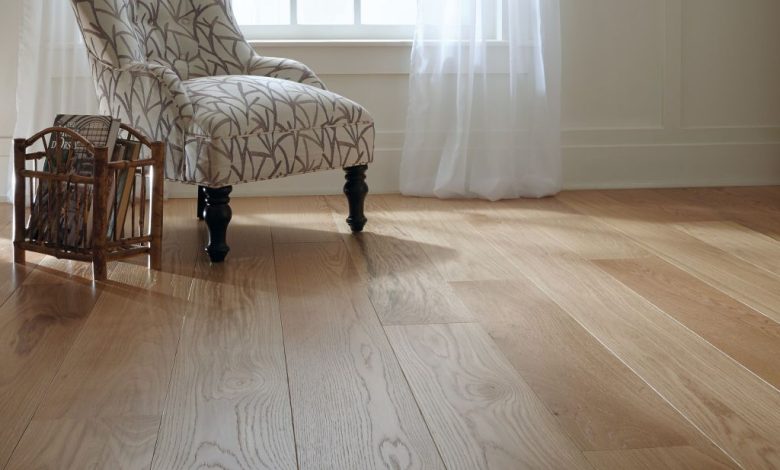Creating a Probability Distribution for Composite Events

Composite events in probability refer to the collection of some elementary events that have more than one probable outcome instead of a single estimated outcome. In deck construction, composite events refer to the process of combining many different tasks together in order to make one piece of wood flooring that has multiple uses. While composite decking is generally more expensive than conventional wooden decking, it can be highly cost-effective if you plan your flooring properly and select the most appropriate material. This article describes how to go about creating a probability distribution for composite events such as those used in deck building.
Understanding composite events
A composite problem occurs when the combination of events in probability has more than one probable outcome. In order to properly solve a komposittrall jula, you need to use the probability distribution. The first step is to find out how many elementary events there are in each set that are combined and make up your composite event. For example, if you wanted to find the probabilities of having a single standard die roll result of 2 or 3 then this would be one elementary event because it only has one outcome. But if you wanted to know the odds of rolling any number between 1-5 with two standard dice then this would be three elementary events because it has three outcomes.
Why create a probability distribution?
When faced with a decision between multiple actions, it can be difficult to choose which action is most likely to yield the desired results. The probability distribution of each event needs to be created A probability distribution can help. This is because you are able to more easily compare outcomes by how much each is likely, by describing their relative likelihoods as percentages. By using a probability distribution, you clean composite decking
How to create a probability distribution
A composite event is the combination of two or more events that, when put together, are considered to have one probable outcome. For example, in the case of two events with an estimated probability of 1/2 and 3/4 respectively, the probability distribution would be (1/2 + 3/4) = 7/8. To determine this composite event probability distribution clean composite decking can be used as an analogy. The first step is to clean a deck; then it needs to be dried off before being walked on. After cleaning the deck will not have any new dirt tracked onto it which means it’s possible that someone could get some dirt on their shoe while they are walking across it after it has been cleaned.
Examples of probability distributions
In order to create a probability distribution for komposittrall polen, it is important to understand the underlying mechanism of the events. For example, composite bamboo refers to two different events that have more than one probable outcome – (1) picking all live pieces from the bag and (2) picking out an equal number of living and dead pieces.
The probability distribution of each event needs to be created independently before combining them into one compound event and taking the sum in order to find its probability.




